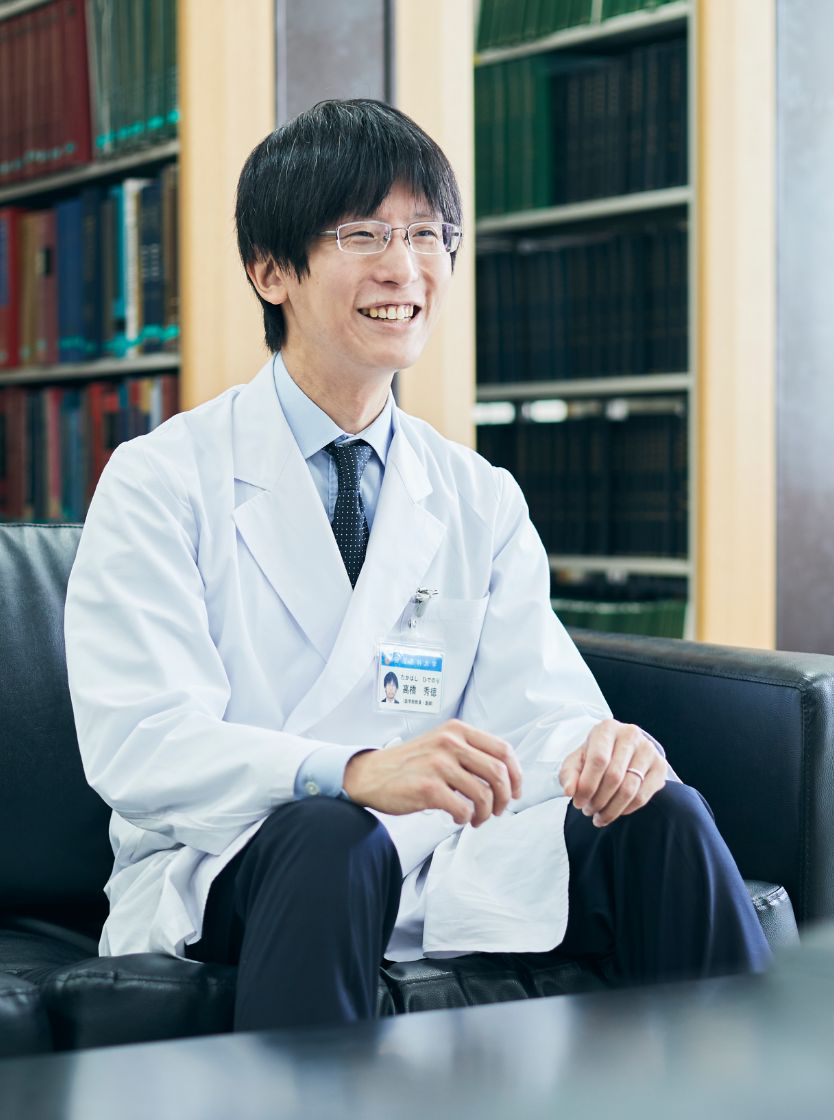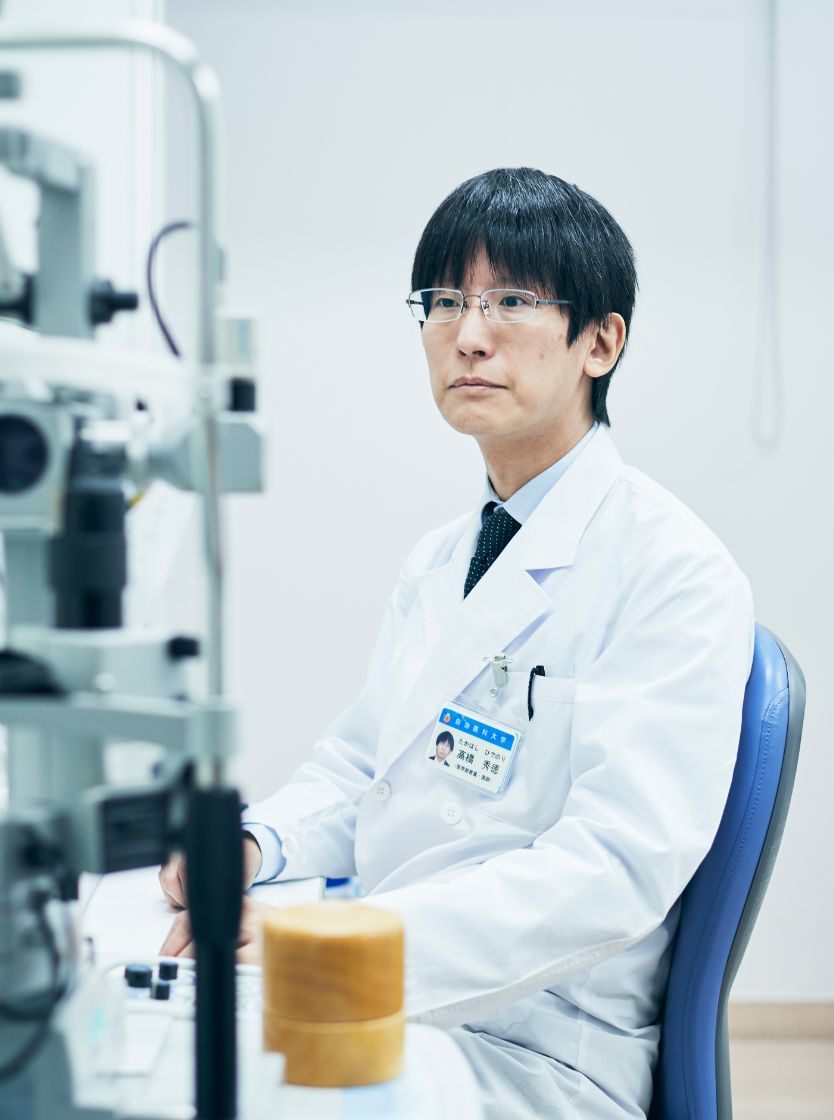Vision
Healthcare starting from the eyes
The nerves and blood vessels in the back of the eye, known formally as the “ocular fundus,” are connected to the entire body, and since the eyes are transparent organs, they can be seen directly.
Therefore, diabetes, hypertension, and other systemic diseases can be detected early by observing the nerves and blood vessels using a “fundus photograph” instead of making an incision in the body with a scalpel.
Focusing on the possibility of such fundus photographs, DeepEyeVision concluded that “imaging diagnosis support AI” is necessary to enable such photographs to be readily utilized in medical examinations in various types of clinical practices. By developing this medical AI, we hope to contribute to improving the quality of systemic disease-related healthcare as well as ophthalmology.



